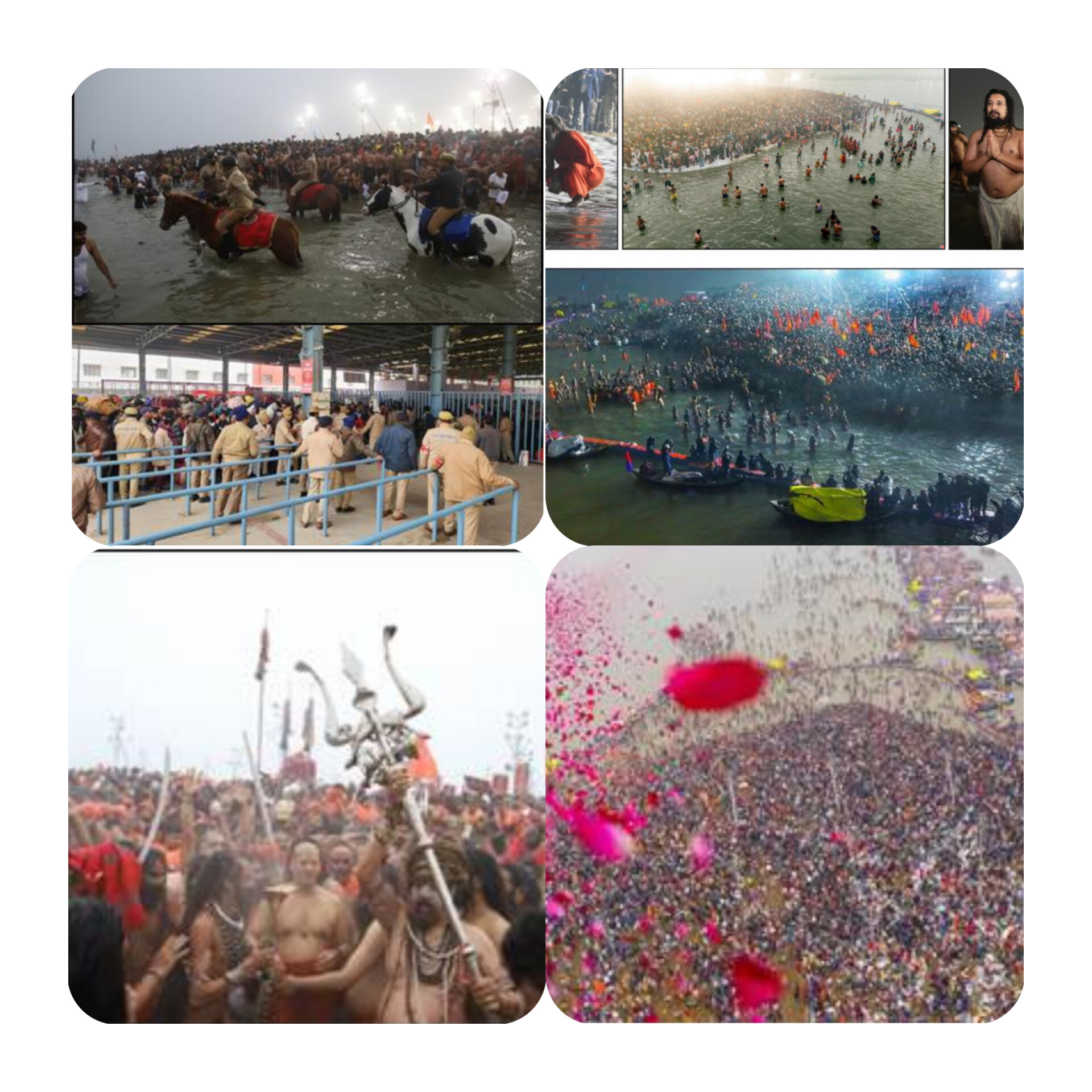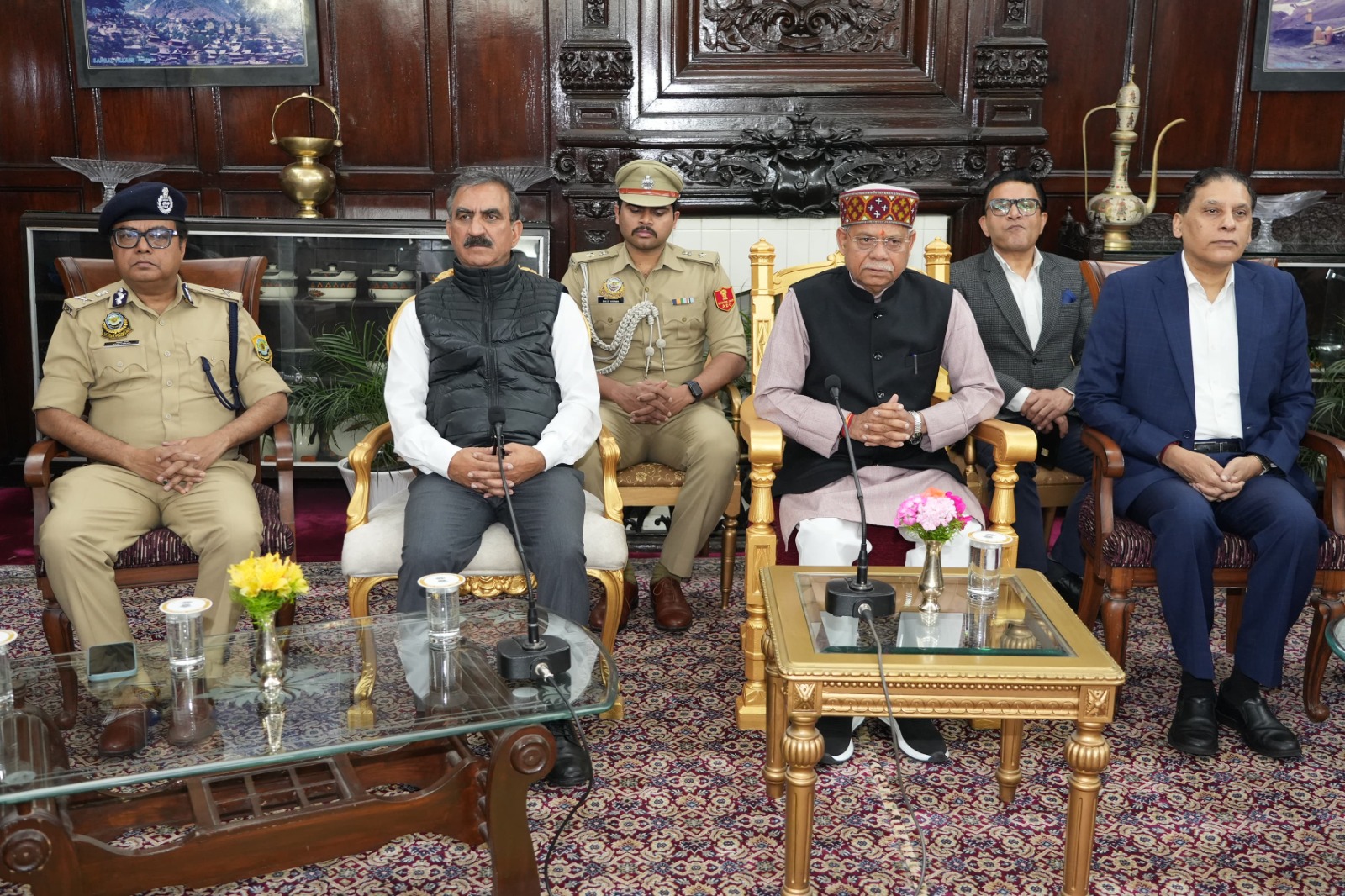Over 3.5 Crore Devotees Take Part in the First ‘Amrit Snan’ at Maha Kumbh 2025 Amidst Tight Security, International Participation, and Cultural Celebrations.
Prayagraj:
On the auspicious occasion of Makar Sankranti, the first ‘Amrit Snan’ (holy bath) at the Maha Kumbh 2025 saw a massive turnout of over 3.5 crore devotees by 5:30 PM on Tuesday. The sacred ritual took place at the confluence of the Ganga, Yamuna, and Saraswati rivers (Sangam) in Prayagraj, Uttar Pradesh, drawing not only millions of Indian pilgrims but also international participants from countries such as the United States, France, Israel, Iran, and Portugal.
Uttar Pradesh Chief Minister Yogi Adityanath, through a social media post, hailed the event as a symbol of faith, unity, and cultural diversity, reflecting the spiritual and cultural significance of the Maha Kumbh.
In order to ensure the safety and smooth conduct of the event, the administration had deployed over 50,000 security personnel, including police, paramilitary forces, and local security staff. With the influx of pilgrims, maintaining cleanliness around the ghats was a top priority. ‘Ganga Seva Doots’ (Ganga service volunteers) were stationed along the banks, promptly clearing offerings and other materials from the river to preserve its sanctity.
In a special cultural inclusion this year, the Maha Kumbh 2025 also celebrated Bhogali Bihu, Assam’s traditional harvest festival, within the mela premises. Assamese devotees and saints performed traditional dances and hymns, while distributing rice-based delicacies, showcasing the rich cultural heritage of Northeast India.
The Maha Kumbh also hosted a variety of cultural programs, including traditional dances and music performances by artists and devotees from across the country. These performances highlighted the diverse cultural fabric of India. To ensure a comfortable experience for all, the administration provided free medical services, drinking water, and transportation facilities for the devotees.
International participation at the event has played a significant role in promoting India’s cultural heritage globally. The vast number of global visitors and the grandeur of the Kumbh have elevated the country’s cultural branding on an international stage, providing a glimpse into the traditions that define India.
In conclusion, the Maha Kumbh 2025 is not only a major religious event but also a grand celebration of India’s unity, cultural diversity, and spiritual grandeur. It continues to attract millions of devotees from around the world, making it a prominent global symbol of India’s cultural heritage.



